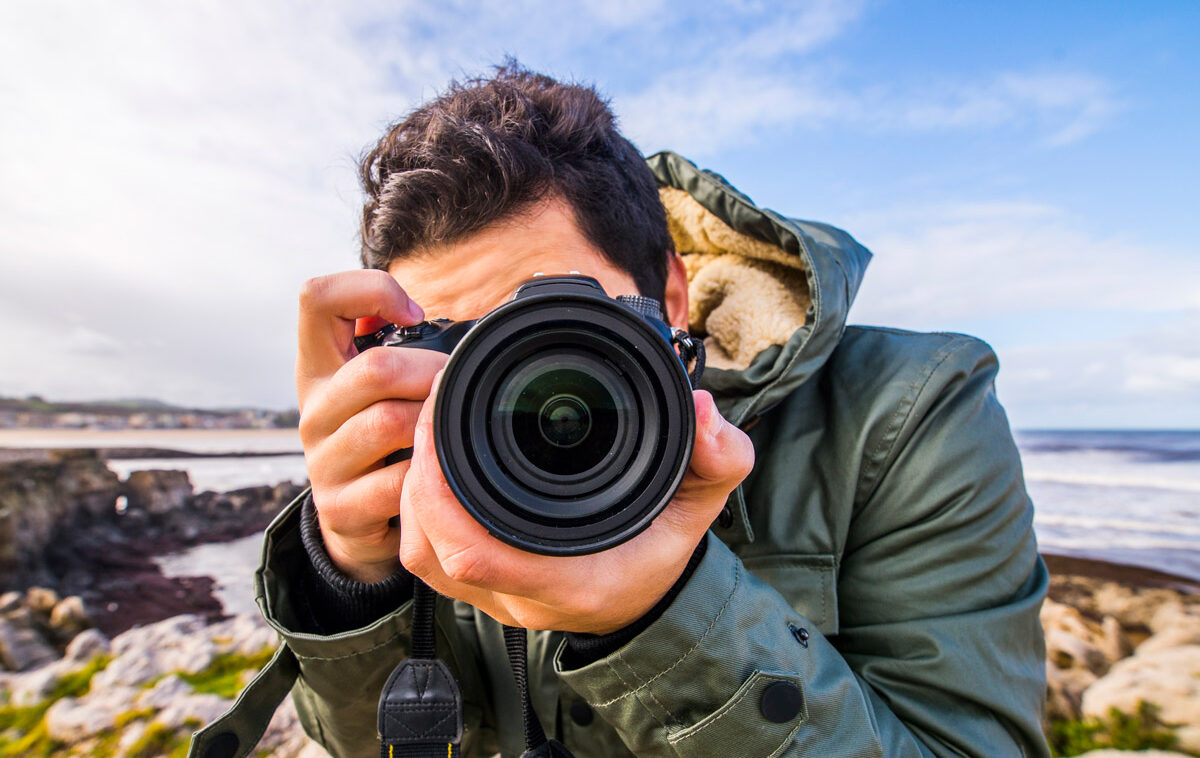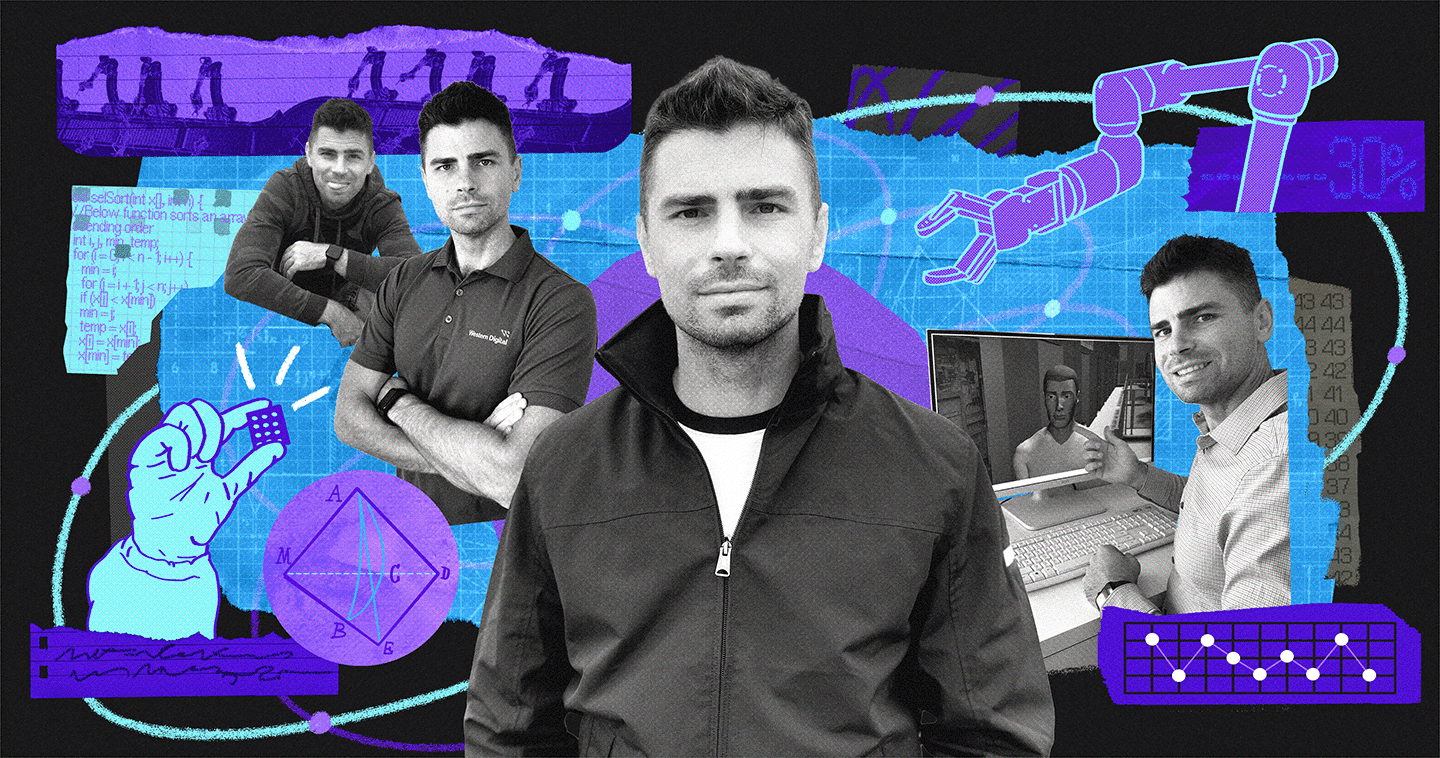Today’s prominent landscape, nature, and wildlife photographers are more than picture “takers”. They are picture “talkers”, turning their shots into sparks that move the environmental movement forward – from climate change to conservation to deforestation and more. As Earth Day celebrates its 50-year anniversary, I talked with five award-winning photographers from our global SanDisk Extreme Team and G-Technology G-Team to find out how they are using their pictures, platform, and passion to speak up and protect the planet. Here’s what they had to say.
ROIE GALITZ | Adventure Wildlife Photographer
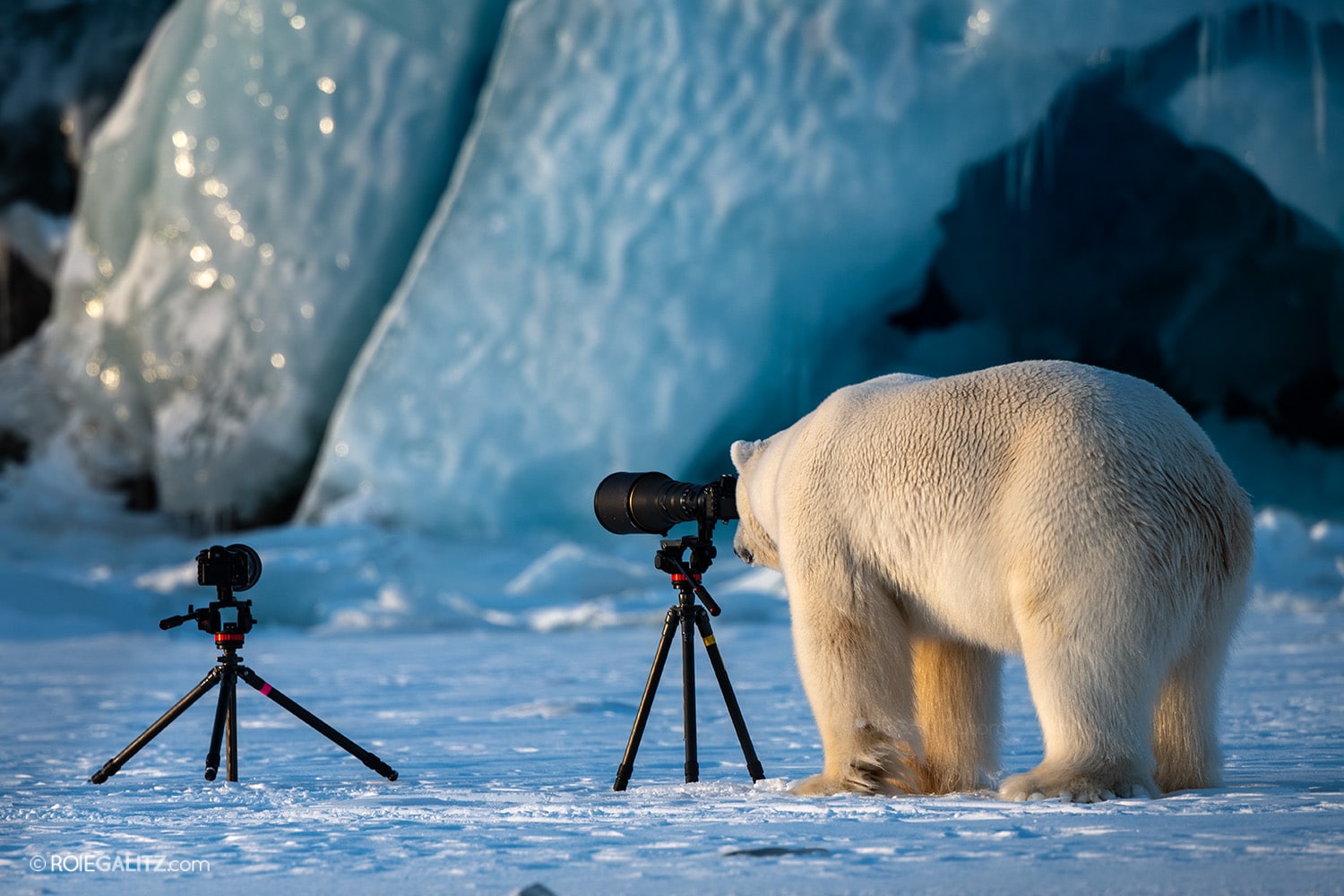
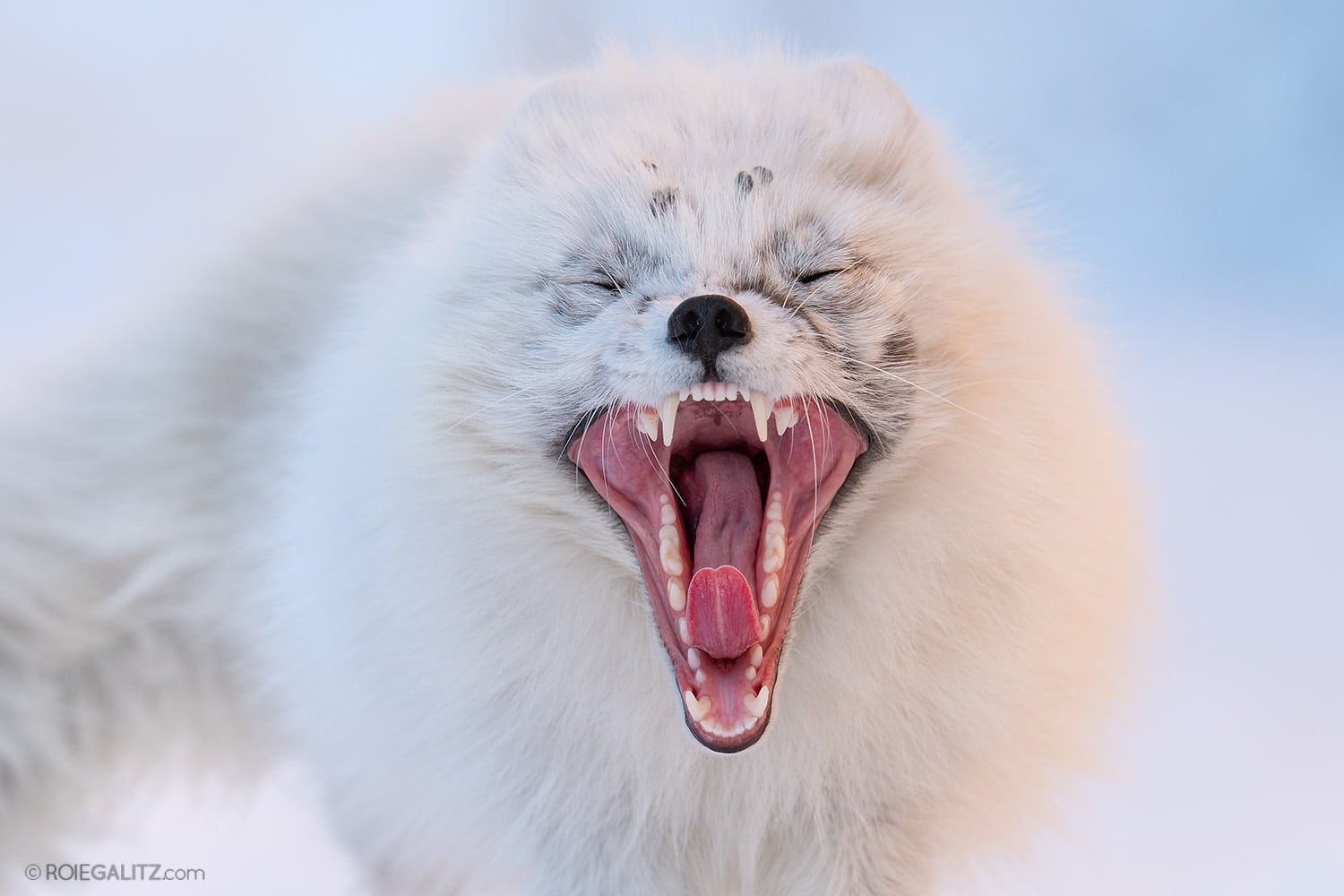
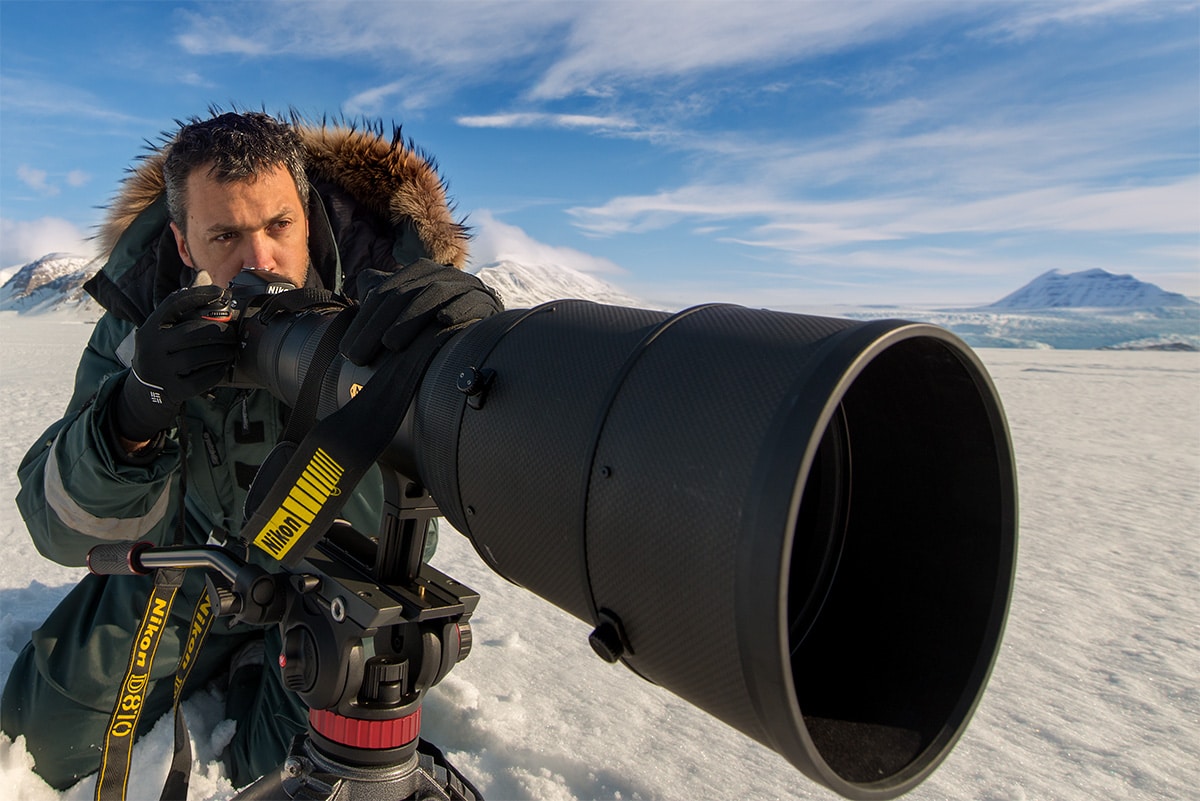
How are you using photography to raise awareness for environmental conservation?
Photography is the most reliable and relatable means of communication. It connects with you on an emotional and abstract level. We’ve all heard the saying “a picture is worth a thousand words”, and I must agree. Wildlife photography is so much more than just clicking and snapping a photo; it’s a highway into people’s hearts and minds. Today, I’m doing a lot of environmental diplomacies and speaking with decision-makers, ambassadors, parliament members and prime ministers about the environment and our role in its preservation. I’m frequently on TV and magazines, trying to be the voice to those without a voice. And my wildlife images and videos are the keys that enable me to do that.
What makes a great wildlife photograph?
There are many pieces that make a great wildlife photo, but I’ll divide it into three, key components:
- The Photography – Composition, light, and technique to deliver the best possible photo. Make sure you make the best you can out of your camera gear.
- The Wildlife – Showing a great portrait, interesting behavior, and emotion. This is our subject and we should try to tell the story in the best way we can.
- The Uniqueness – There are so many amazing photographers out there. Always ask yourself if what you are creating is innovative, unique, and, hopefully, never before done.
Tell us about your work as a Greenpeace ambassador. What role has photography played?
I must admit that I wasn’t always an environmentalist. Only when I started going to Svalbard year after year and seeing the incredible change, my mind was blown and I had to do something about it. So, I started talking and advocating for the environment and conservation but felt it wasn’t enough. I joined Greenpeace and was fortunate enough when they made me an Ambassador. We’ve done much amazing work in recent years in the Arctic and the Antarctic: a campaign to create the Antarctic Ocean Sanctuary, a campaign to stop oil and gas drilling near the north pole, an online series called “A Minute for the Arctic” and many online live sessions of Q&A with people all over the world. In every campaign, my images and videos have featured our environment and trying to make people fall in love and care.
DAISY GILARDINI | Conservation Photographer
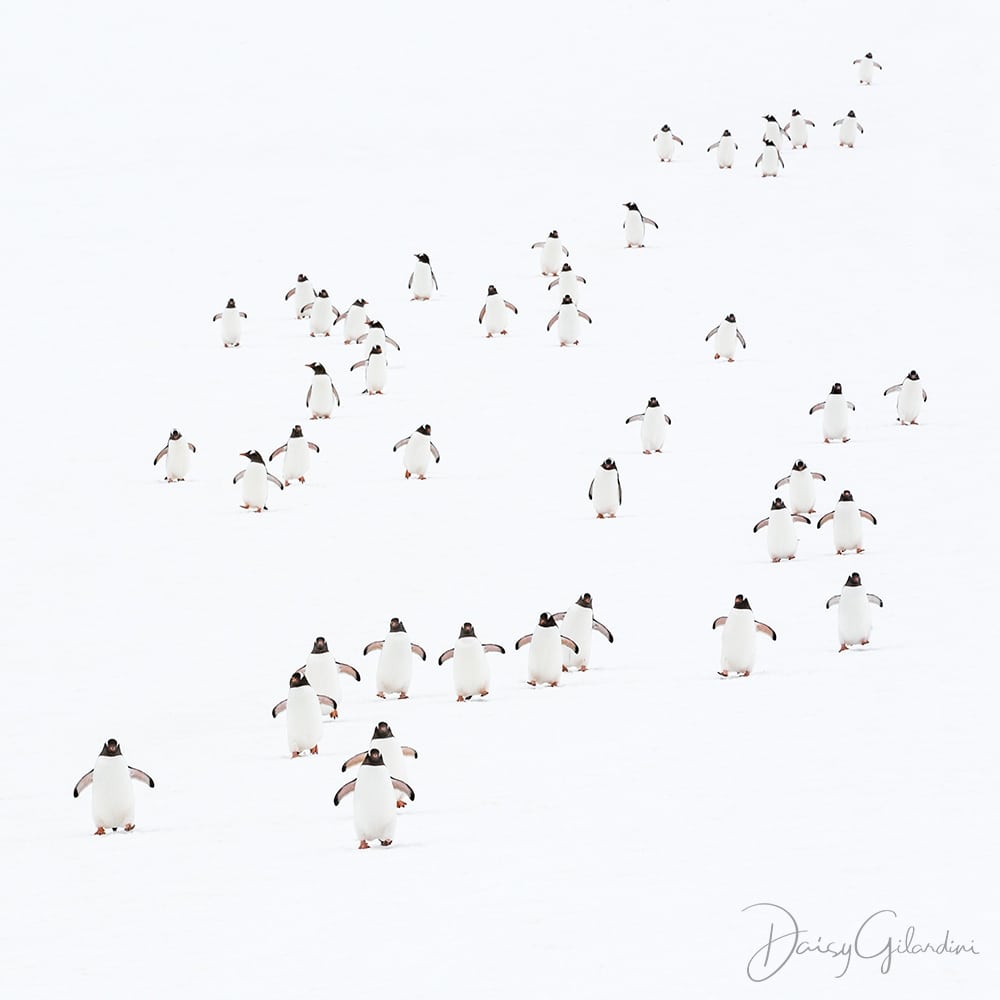
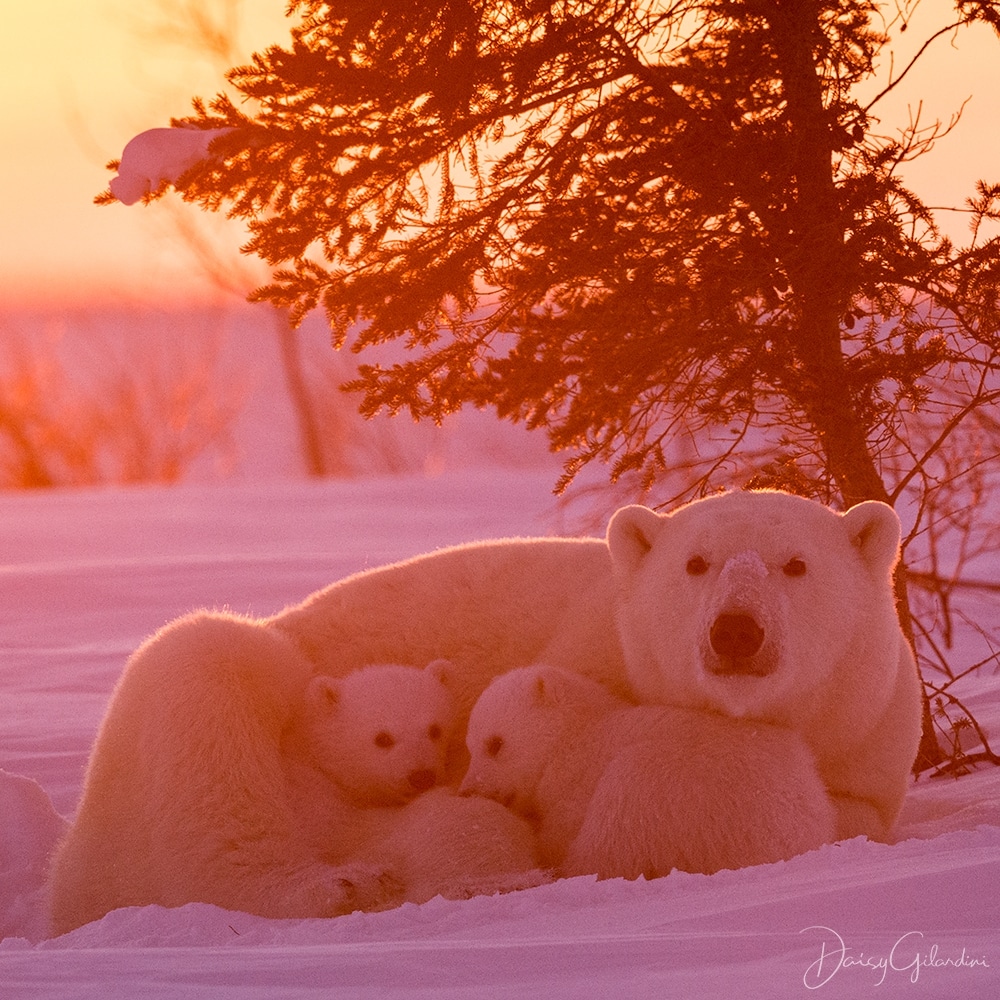
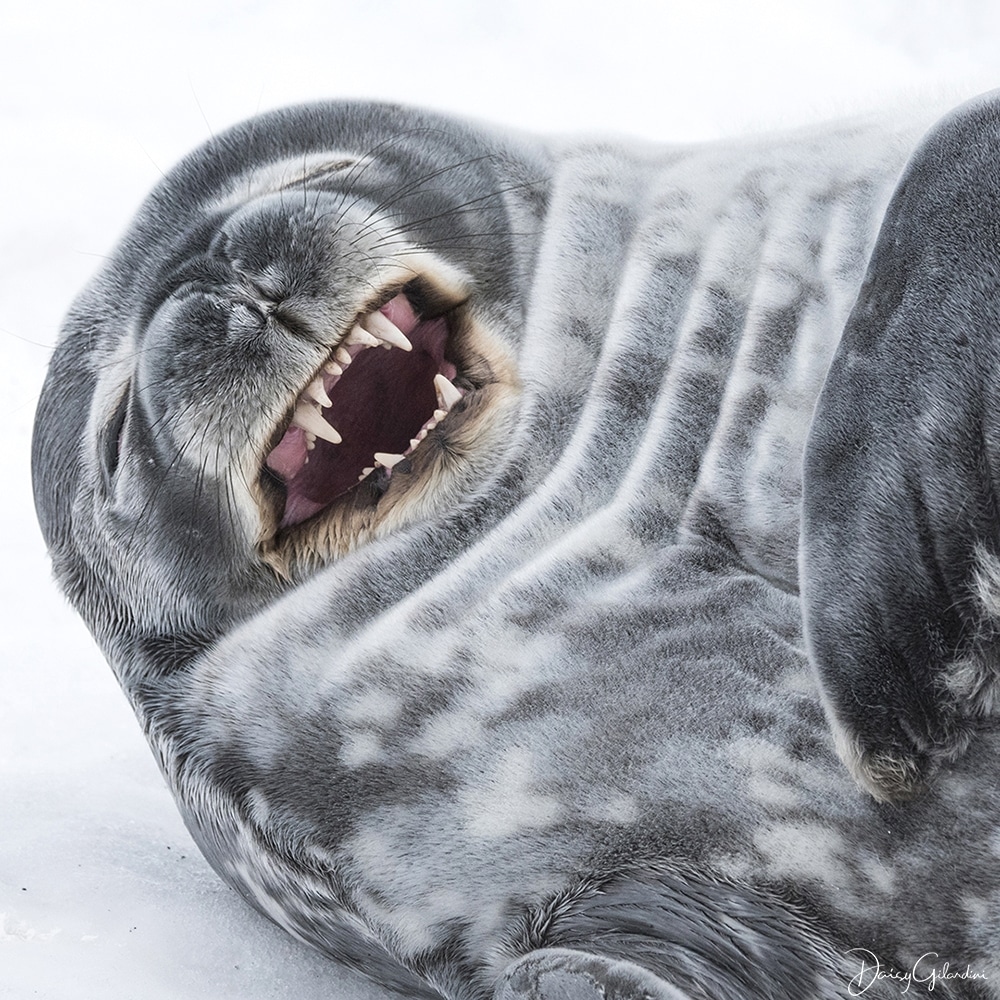
How are you using photography to raise awareness about environmental issues?
Photography is a universal language. I strongly believe in the sheer power of photography to stir emotions and touch people’s hearts, all the while delivering a positive message about the environment. As conservation photographers, it is our duty to capture the beauty of places and species at risk and raise awareness through the universal power of the images we capture.
The digital age, together with social media, has opened the door for wildlife and conservation photographers, as well as scientists, to a greater degree than ever before. Technology and internet platforms now allow us to reach more people, in more places, faster, more efficiently and effectively, than at any time in human history. We’re living in the information age. And while problems such as climate change, pollution, and environmental decline might seem insurmountable, we’re better poised than at any time in history to spread a message of hope and renewal.
Why do you find the Polar Regions so irresistibly attractive?
I tried many times to understand this irresistible attraction to the Polar Regions, which I would define almost like an addiction or obsession. These extreme adventures transport me out of my ordinary world and lead me on a voyage of self-discovery. The isolation from modern civilization and all the distractions that comes with it allows me to focus on Nature’s simple rhythms. The healing feelings of rediscovering our primordial connection with Nature and the interconnectivity between all species on Earth inspires in me a feeling of awareness and deep respect for the importance of these delicate ecosystems.
Which environmental organizations are you passionate about and why?
I’m a Greenpeace Ambassador for Antarctica, an active member of the International League of Conservation Photographers (ILCP) and a member of the Sea Legacy Collective. I also work with environmental organizations such as the Worldwide Fund for Wildlife (formerly the World Wildlife Fund/WWF) and the Environmental Defence Fund (EDF), among others. I believe every environmental organization — big or small, local, national or international — plays an important role in raising awareness about conservation issues and debates, at every level of society.
COLBY BROWN | Travel and Humanitarian Photographer

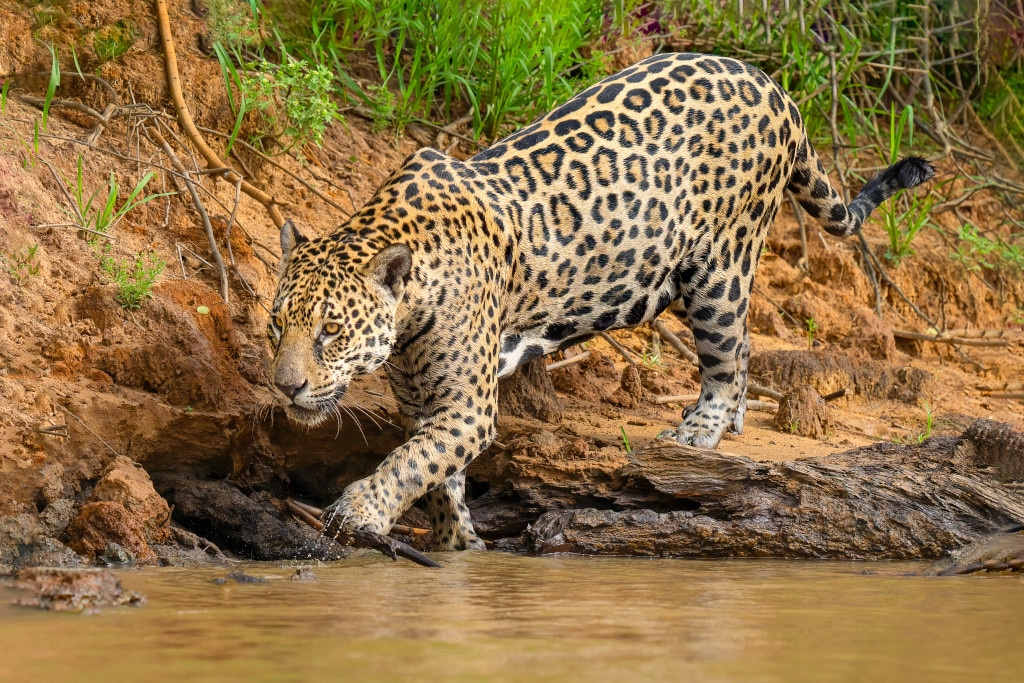
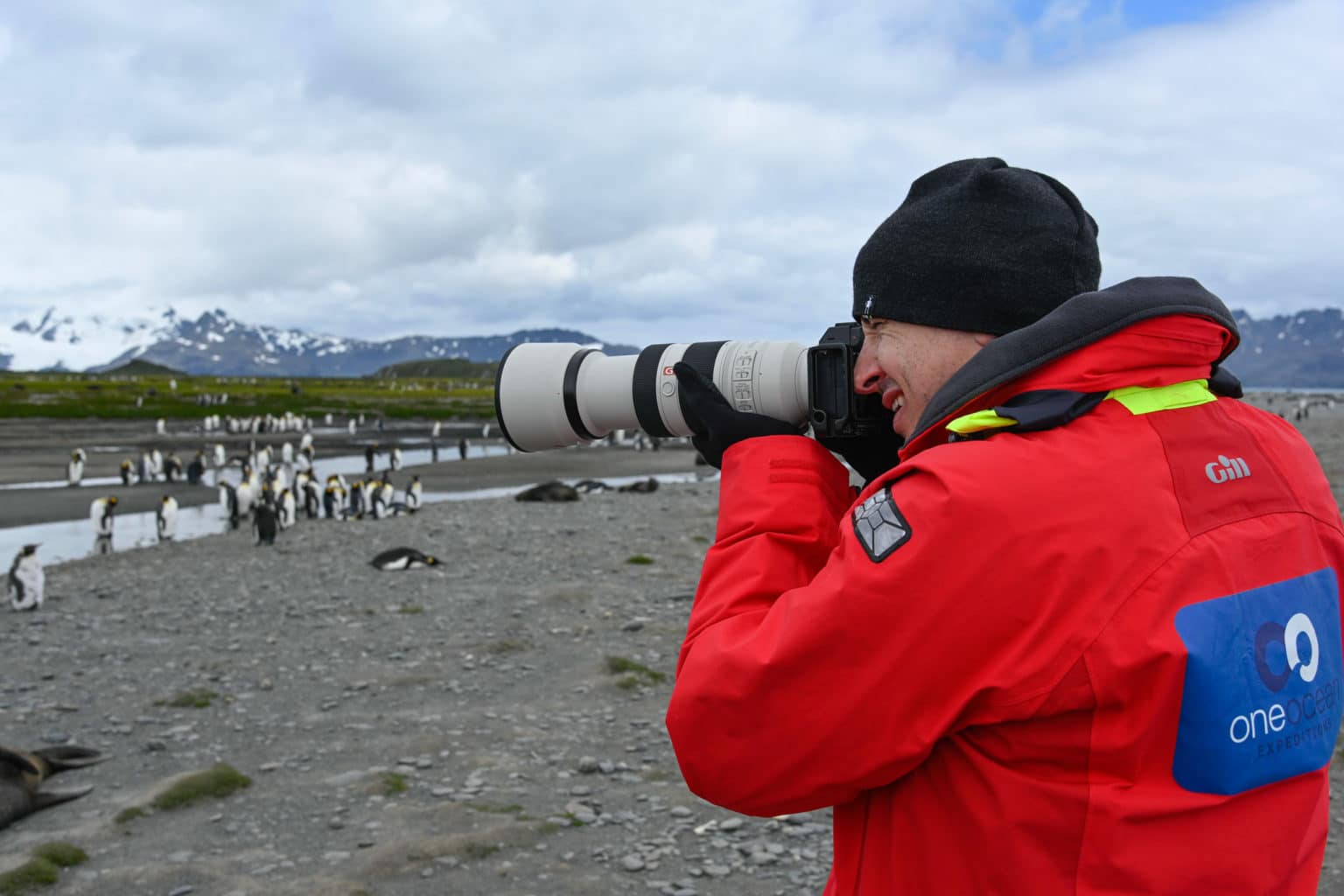
What role has climate change played in your photography of animals and landscapes?
It’s safe to say that the world’s changing climates have drastically changed the world for many travel photographers like myself. The reality is that certain situations have become much more dire as landscapes continue to melt, get washed away, or erode and different species of animals continue to lose their entire habitats. These days, I often find myself looking at these catastrophic changes to our planet and drastically altering where in the world I need to refocus my attention. This is often how I prioritize projects around the world.
How has photography taught you to capture stories as they are, instead of how you’d like them to be?
I think every photographer has to think about how they approach the use of their artistic median to tell stories. For me, I realized early on in my career that I was drawn to the unique characteristics of my subjects, more so than my interpretation or thoughts about them. I attempt to remove myself from the equation and simply focus on choosing the best composition, exposure, and processing techniques that exemplify that uniqueness and let it stand out on its own. If you look at my portfolio, you won’t find the use of the same color tones, presets or even exposures that many photographers seem to overuse these days. I prefer that each of my images pay homage to what makes those scenes so special in the first place, regardless if I am there to photograph them or not.
Which environmental organizations are you passionate about and why?
While there are plenty of amazing large scale environmental or wildlife-focused organizations out there, I tend to personally prefer to support the smaller entities that are doing amazing work. They’re the ones that not only need our support but are also focusing at the local level for communities in need. For example, you can find Trees, Water & People based out of Colorado in the U.S. It’s an organization with a goal to address the pervasive deforestation in Latin America by not only focusing on reforestation but designing clean cookstoves and clean energy products to help the local populations found in these highly affected areas.
ELLEN ANON | Nature Photographer, Educator, and Writer
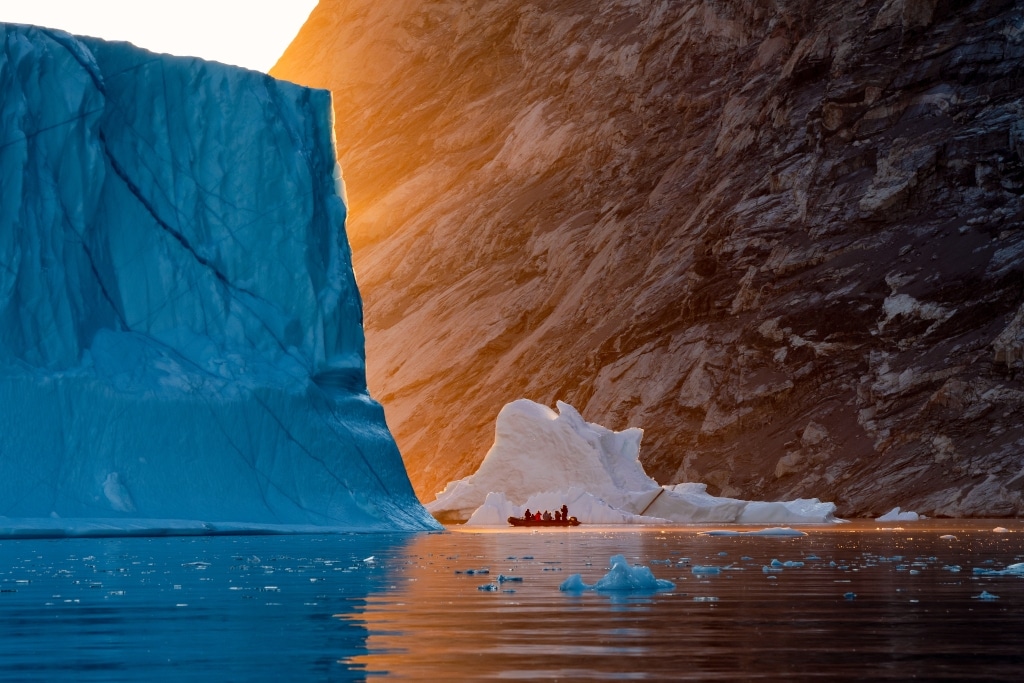

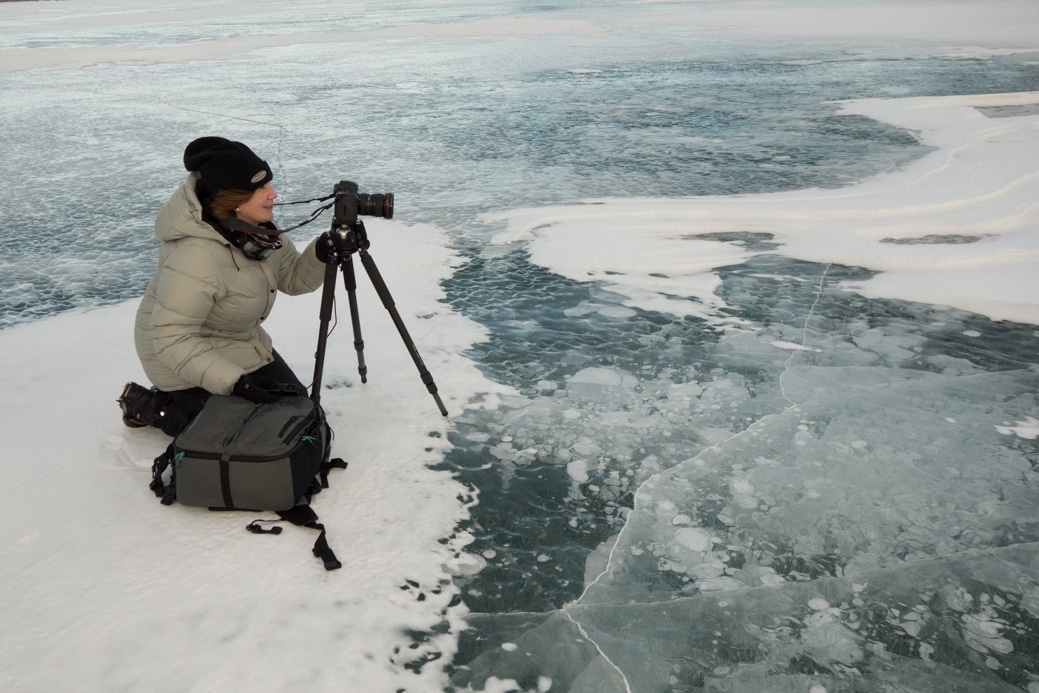
As an author, why did you decide to write photography training books with your son?
My son, Josh, became a computer guru from a very young age while home computers were just in their infancy. I realized that he had expertise that complemented my own when we did the “Photoshop for Nature Photographers” series, as well as the Aperture training books. Later, as both of us gave more talks and taught more, we had similar thoughts on how to help people learn to create stronger images and how to process them more effectively and efficiently. This led to “See It: Photographic Composition Using Visual Intensity”. I consider myself lucky to have been able to have co-authored numerous books with him – it’s not something I think either of us would have predicted.
You’re also a nature educator. Why is it important to teach younger generations about the natural world?
I think it’s vital that all people, especially the younger generations, take some time away from life on digital devices and balance it ideally with time in, but at least awareness of, our natural world. Forgetting about and possibly ignoring the natural world leads to actions and decisions that ultimately threaten to destroy not only the habitat of many creatures but the existence of entire species – and perhaps our own survival. Sometimes, though, people respond more to subtle messages reminding them of the importance of taking care of the Earth rather than hard-edged documentaries or news reports. That’s where my images fit in, at least in my mind.
Which environmental organizations are you passionate about and why?
There are so many agencies out there that you need to find those that speak to you. One group that I particularly like and support is NRDC, the Natural Resources Defense Council. They provide a good balance of political activity and information and are supportive of photographers.
* * Side note: They actually bought one of my images to use in their newsletter, rather than just expecting it to be donated as many groups do.
Another organization that I favor is The OceanCleanup. They appear to be doing some creative and amazing initiatives towards helping to remove plastic from our oceans and rivers.
DANIEL FOX | Nature/Wildlife Explorer and Storyteller
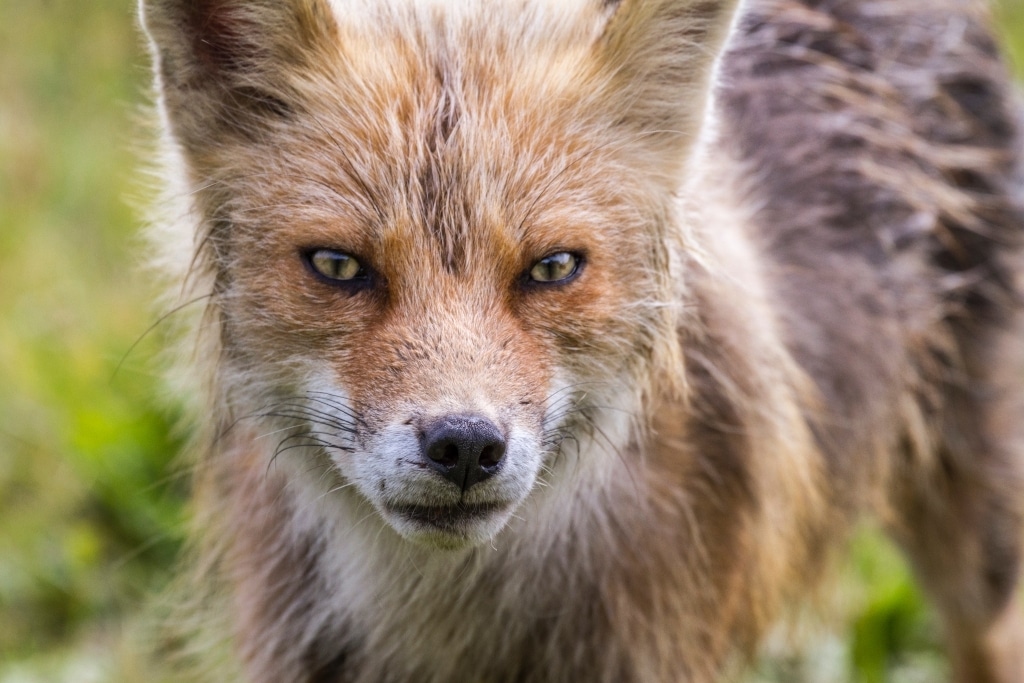
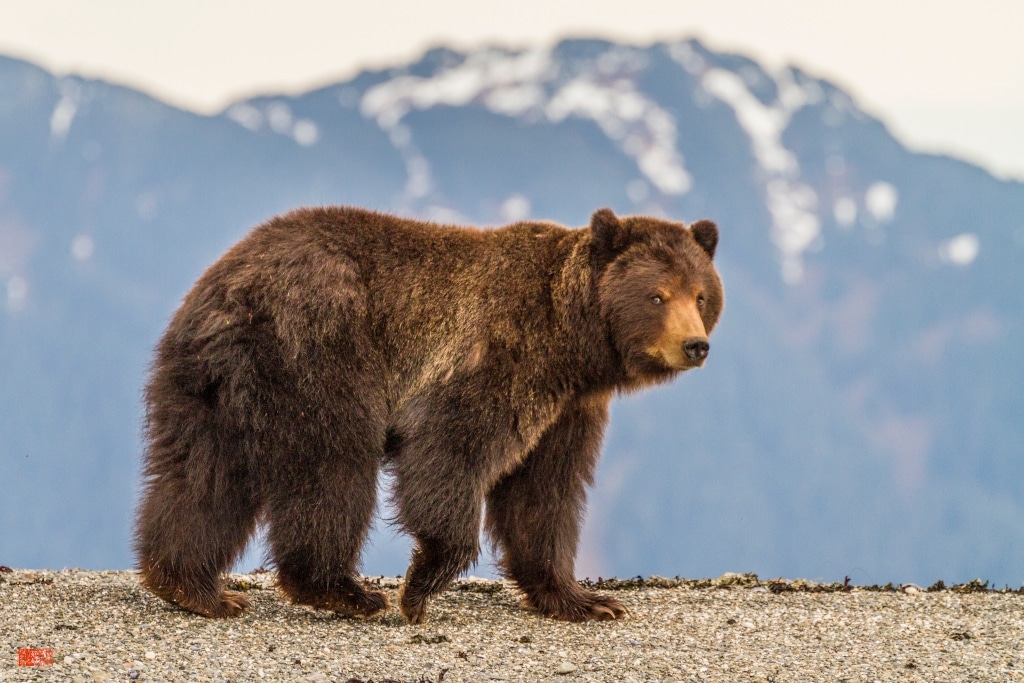
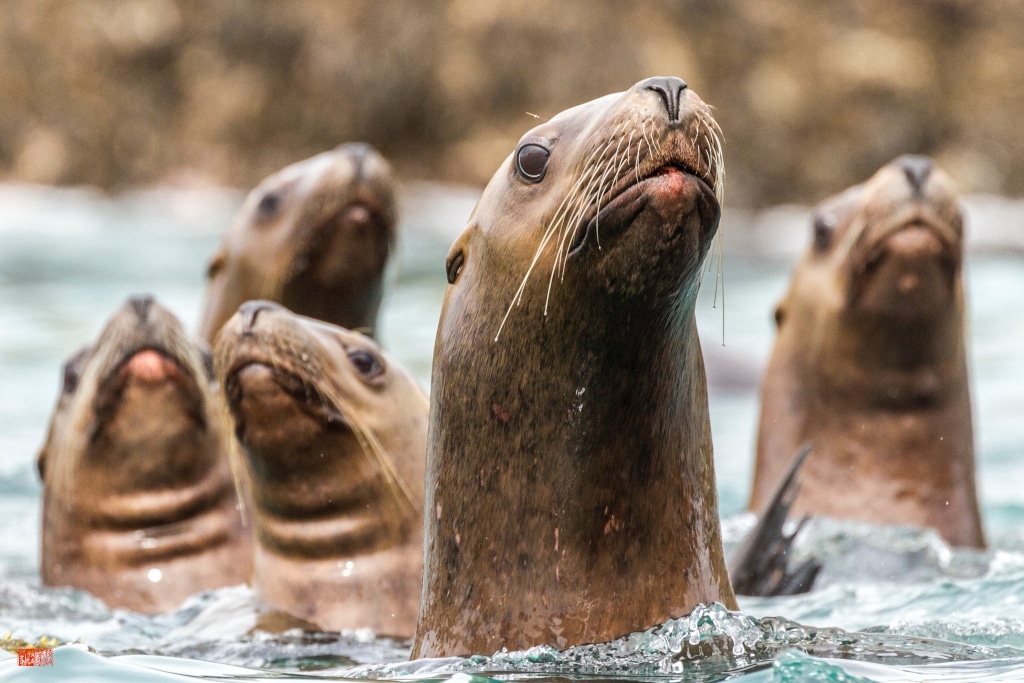
How can nature restore the human spirit?
Nature is more than a destination, more than a “place”. It is a world of wonders, discoveries, and wisdom — filled with insights where you can learn about connectedness, reciprocity, symbiosis, and tension. If you listen to nature, it will teach you about humility, respect, patience, resilience, and perspective. In other words, it is a framework for personal and collective transformation. We have so much to learn from it. I created this expression, a play on the word nature, an acronym that reminds us of what it can be and do for us: “The power of nature ‘Nurtures, Awakens, Transcends, Uplifts, Restores, and Elevates’ the human spirit.
Can you tell us about WILD.ECO., the initiative you founded to send underprivileged youth to wilderness immersion camps?
WILD.ECO’s mission is to foster resilient, empowered, adaptable, curious and empathetic students of life using nature as a framework for personal transformation. It focuses on two strategies. The first one is mentorship, using the insights and lessons I’ve acquired from my time in nature and in the wilderness. It is a year-long program, with a specific theme for each month, during which each mentee spends time researching, reading, watching, meditating, writing and drawing. Right now, I have mentees ranging from 17 to 50 years, from students to established professionals, all looking for a more meaningful life. It is inspiring to see these individuals finish the program with an acquired inner peace and clarity.
The second one is that we create opportunities for young adults from disadvantaged backgrounds. We do this by raising funds to pay for the camp’s tuition, sending youth to month-long wilderness immersion camps. My goal is to enhance their desire to explore and discover the natural world, to uncover the beauty and challenges inherent in nature and realize their individual strengths, weaknesses, and potential. It is a journey of self-discovery that hopefully leads to self-confidence, boosting self-esteem and laying the foundation for leadership skills.
What makes a great wildlife photograph?
First and foremost – patience! Then it depends on what kind of photography you want to do. Photograph, experiment, try different styles, different exposures, different aesthetics, etc. Try until you find what you feel is your signature: see what makes a photograph “your photograph”. Finally, learn to delete. Deleting photos (not moments) does three main things:
- It forces you to decide on what you like and what you don’t like;
- It creates value on the photos you keep;
- It keeps everything in order, getting rid of the excess and making room for more creativity.
The Voices behind the Lens
Pictures might not have a voice, but the person behind the lens does. As modern photographers hone their technical craft, they’re also growing as eco-activists who remind the world through powerful images of the precious ecosystems that are at risk from our actions. These are our environmental superheroes – exchanging capes for cameras and bulging biceps for trusted tripods.
Explore Earth Day 2020 through Our Eyes
- Did you know we cut back greenhouse gas emissions by 30 percent for our HDDs from 2016 to 2018?
- Toward a paperless supply chain: a sustainability conversation with our Global Logistics team.
- Find out about our virtual volunteering and eco-friendly community grants around the world
- We were named one of the world’s most ethical companies two years in a row. Here’s why.
- Explore our Corporate Responsibility & Sustainability Report
- Cricket burgers, toxic air, and coffee endangerment. Here’s what could happen in a world that’s just four degrees warmer.

